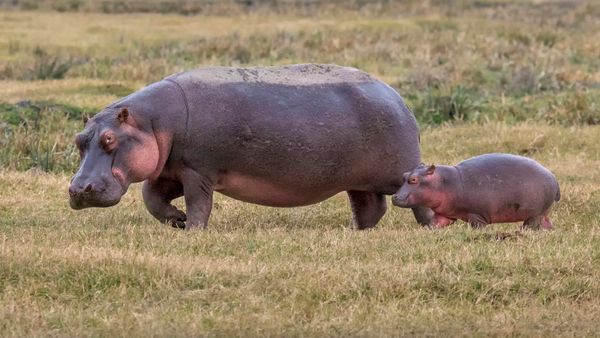
Pablo Escobar, the notorious Colombian drug baron of the 1970s and '80s, was at one time responsible for 80 percent of the global cocaine market. He was also behind thousands of bombings, and assassinations of his Colombian countrymen over the course of his career. His Medellín Cartel very nearly capsized the government in Colombia. Escobar was killed in a gunfight with the National Police in 1993, but these days his infamy lives on — just not in the way you'd think. And no, we're not talking the show "Narcos."
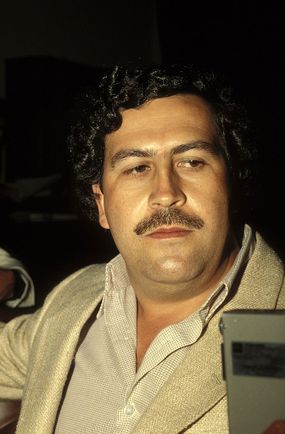
The scourge Escobar is currently, posthumously inflicting on the Colombia countryside? The hippopotamus. You didn't see that one coming, did you?
Advertisement
In the early 1980's, Escobar built a sprawling estate, Hacienda Nápoles, in the countryside near the town of Doradal, halfway between Medellin and Bogota. The grounds included a private bullring, an airport, giant dinosaur sculptures made of concrete, and a public zoo full of smuggled exotic animals: lions, ostriches, giraffes, elephants — you name it. Escobar also procured four hippos (Hippopotamus amphibius) — three females and a male who would later be named "El Viejo," or "The Old One" — from a California zoo in the early 1980s. You see where this is going.
After the Colombian government confiscated Hacienda Nápoles in the early '90s, Escobar's menagerie was split up and shipped off to other zoos, with the single exception of the hippo harem. You can hardly blame them — who wants the job of wrestling a 4.5 ton (4.1 metric ton) bull hippopotamus out of a pond? So the hippos were left in place.
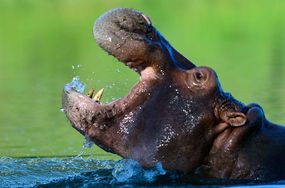
But the fence confining the giant pachyderms wasn't quite sturdy enough to confine their growing family. These days, around two or three dozen hippos live in the pond at Hacienda Nápoles, but a number of the animals escaped, and an unknown number of hippos — estimated at likely more than 50 — live in the nearby Magdalena River, a slow, shallow waterway, perfect for hippos.
Now Colombia is dealing with the largest invasive animal species in the world, as wild hippos all descended from El Viejo and his three hippo companions cavort in the Colombian countryside. Researchers' best estimate is that the hippo population will continue growing at a rate of about 6 percent a year. With lots of food and no natural predators, they really can't lose. (Except for the bull hippo Pepe, hunted and killed in 2009. He lost to Colombian soldiers.)
Scientists have also noted that these Colombian hippos are reaching sexual maturity and reproducing at significantly younger ages than their African relatives, a testament to their safety, health and ability to flourish.
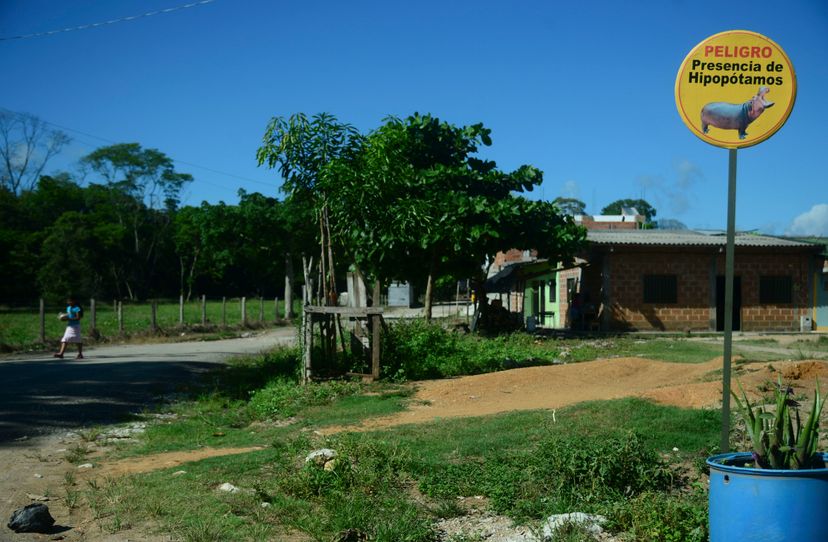
"It's just like this crazy wildlife experiment that we're left with," San Diego University ecologist Rebecca Lewison told the BBC in 2014. "Gosh! I hope this goes well."
Even though hippos are important in their native ecosystems in Africa, where their poop provides vital nutrients to the river ecosystems they evolved in — many fish and insects feed on hippo poo — scientists are concerned the rivers will become too clogged with nutrients and the oxygen levels will plummet as a result of all that hippo crap. Hippos can also be territorial and aggressive, making the risk of wild hippo attack a very real thing
These days, Hacienda Nápoles is a theme park. Located a little more than three hours from Medellin, it features a water park, a zoo, and other animal-themed attractions and events. For the most part, the history of Pablo Escobar's narcoterrorism is a thing of the past... but then a hippo pokes its head above the water.
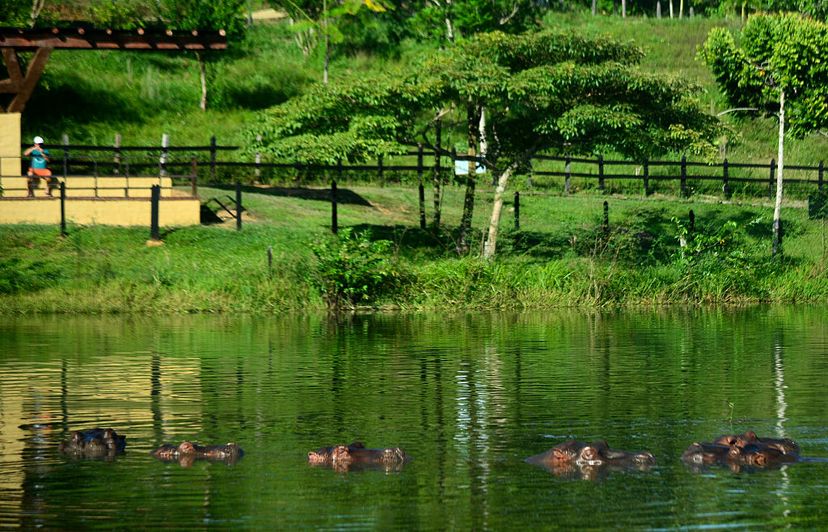
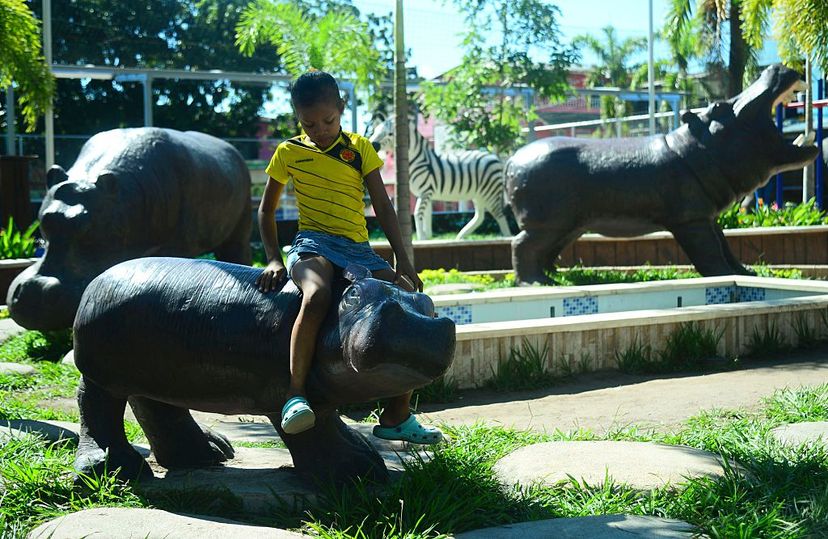
Advertisement

